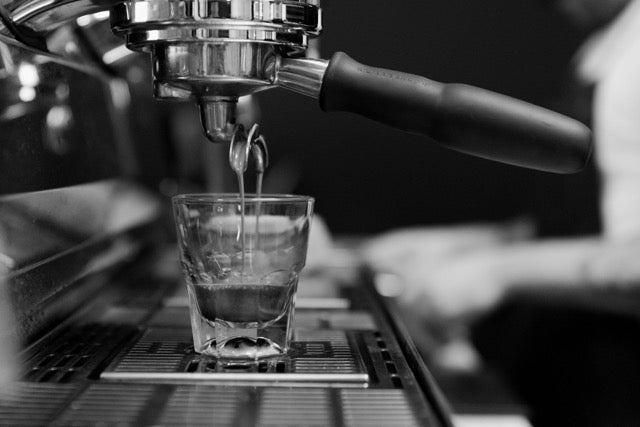Espresso Beans Vs. Coffee Beans: What's The Difference?

Walk into any café, grocery aisle, or roastery and you’ll notice an immediate divide: some bags marked “espresso,” others simply “coffee.” It’s a small detail that sparks a familiar question what’s the actual difference? Despite what the labels imply, it isn’t about a special type of bean. It’s about intention: how the coffee is roasted, how it extracts, and the experience it’s meant to deliver in the cup.
Espresso is a brewing method built on pressure and precision. A shot is pulled in under thirty seconds, so the roast needs to cooperate. Medium to dark profiles extract more efficiently under pressure, creating the dense, stable flavors people expect like dark chocolate, caramel, toasted nuts, and enough sweetness to hold up in milk. Many espresso blends feature multiple origins for balance and consistency, ensuring the coffee performs reliably from shot to shot.
Filter brewing takes the opposite approach, slowing everything down. Pour-over, drip, and AeroPress methods give the coffee more time to open up, which is why lighter roasts excel here. They highlight the character of their origin with notes of citrus, florals, stone fruit, or spice with more clarity and brightness. These coffees are often single origins because what you’re tasting is one place, one harvest, expressed without distraction.
Lighter roasts can absolutely be used for espresso, but they require more attention. They’re less soluble and more sensitive to small adjustments in grind or temperature. When dialed in well, though, they can produce vibrant, complex shots that taste nothing like a traditional blend.
Choosing between espresso blends and filter roasts ultimately comes down to what you want from your coffee. Blends offer consistency and versatility, making them ideal for everyday espresso or milk-based drinks. Single origins reward curiosity and experimentation, whether brewed slowly as filter or pulled intentionally as a lighter, expressive espresso.
In the end, the label is just guidance. Great coffee comes from aligning roast profile, grind, and brew method with purpose. Once those elements work together, the cup speaks for itself no matter what the bag says.












